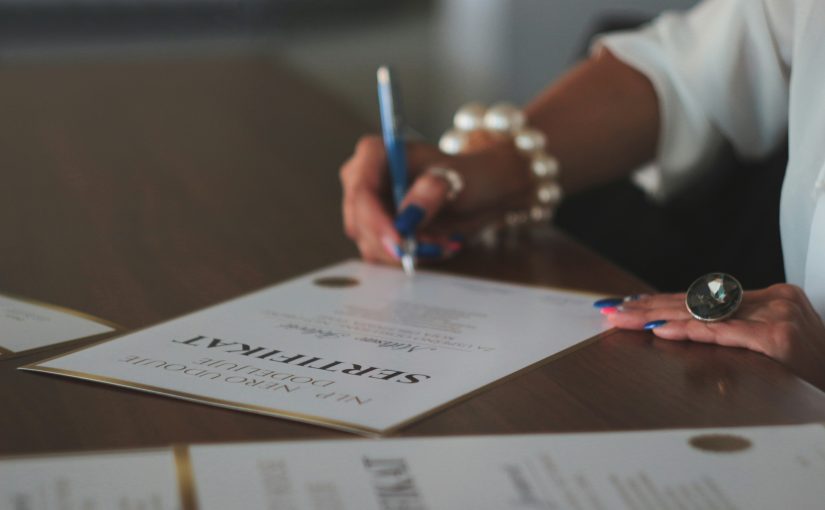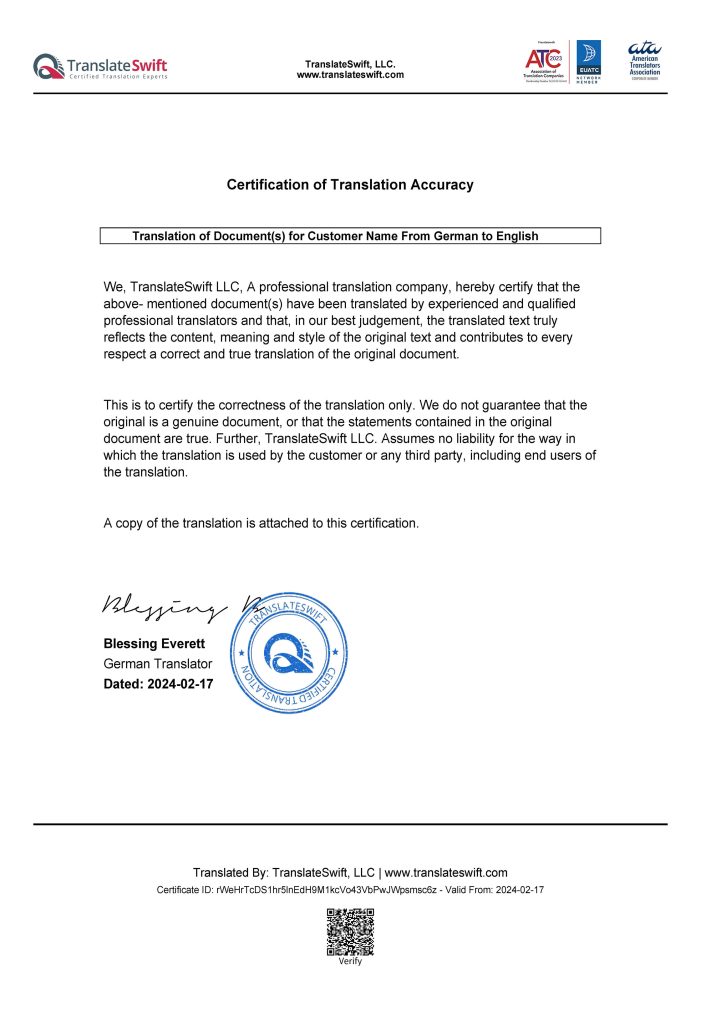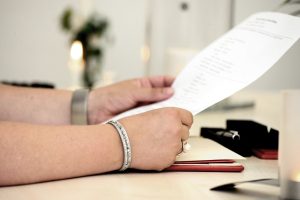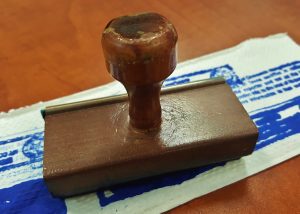
Are you getting ready to leave the country with translated documents? Ensure each document has a certificate of translation accuracy for a 100% acceptance rate. Your docs are ineffective without this crucial piece of paper, which validates the translation work. Immigration authorities won’t even let you through the door with shoddy translation!
In this article, you’ll learn how to get this translation accuracy certificate, who issues it, when to present it, and how it makes your life easier.
What is Translation Accuracy?
How do we define translation accuracy? What makes one translated document more accurate? We have to discuss the concept of translation accuracy before exploring the nitty-gritty details of the certificate in question. In simple words, it’s a measure of how similar the text in the original document is to the text in the translated one. Does it convey all the necessary information correctly without any ambiguity?
Even though we often call it a word-for-word translation, a translator’s job goes beyond paraphrasing a document in another language. It’s about capturing the original doc’s essence, learning what the speaker means, and then conveying this information while preserving the meaning of the actual words.
Several factors affect the accuracy of a translated document. Imagine a translation done by an amateur and then compare it with a native speaker or bilingual individual’s work. You’ll appreciate the difference in quality right from the start. So, we can break down the factors behind translation accuracy as follows:
- Translator’s expertise
- Translator’s experience
- How complex is the original file?
- What kind of translation tools are available?
- Style and nature of the chosen language
What is a Certificate of Translation Accuracy
A translation accuracy certificate establishes the validity of the translated document. It’s the difference between an amateur job at awkwardly paraphrasing a document and conveying its meaning accurately. When you hire professional translators, they will issue this certificate and the translated doc. If you are an American traveling to a different country or a non-US citizen coming to America, you must have this essential certificate accompanying your translated paperwork.
Any translator worth their salt will always issue this certificate and take full responsibility for accurately translating a piece of paper (but no responsibility if they have submitted a fake document). So, let’s explore the key features of a certificate of translation accuracy to make things easier to understand.
Key Features of Translation Accuracy Certificates
Here are some key features these certificates usually have. You may call them the telltale characteristics of translation accuracy certificates. See the image attached below; it’s a sample certificate you get from TranslateSwift after their translators convert the original document.
- Name of the person who ordered the translation
- Original document’s language
- Translated document’s language
- A statement that the original has been translated accurately
- A statement that the translator cannot guarantee if the original doc is valid or not
- Translator’s full name and signature
- Date when the certificate was issued
- Translator’s (or the agency’s) stamp
- Certificate ID
- QR code for scanning the certificate

When do you need Certified Translation?
We briefly touched upon this topic in a recent article on how to get a death certificate translated online. For example, if you’re an American remarrying in Italy, you must submit your previous spouse’s death certificate to conduct the ceremony. This death certificate needs to be translated into Italian and, of course, accompanied by an accuracy certificate. It’s just one example of many circumstances when a certificate is required to prove the validity of the translation.
What other events make this certificate necessary? Here is a brief list of the events in which you have to not just translate a document but also get it certified:
- Birth certificate: It’s the primary document you need when relocating to another country out of the US.
- Marriage certificate: If you’re moving to another place with your husband or wife.
- College degree: If you want to study in a different country, hire certified translators to translate your transcripts
- Business contracts: These documents must be translated and certified if you have business in an EU nation or other countries
In short, whenever you plan to leave the US and travel to another country, ensure you have hired certified translators to convert the paperwork. It’s a surefire way to land in another country and access all the wonders it offers. Let’s dig more into the benefits of this certificate.
Benefits
Getting a translation accuracy certificate means getting more bang for your buck. However, receiving an accurately translated document is just one of the various benefits of this certificate. It also helps in these ways:
- Provides credibility: Credibility goes a long way when submitting a document to travel to another country, remarry on foreign soil, or start a business out of the US. This certificate proves that the translated document authentically represents the original one.
- Legal validity: A well-written, context-driven translation, coupled with a validity certificate, gives your document legal validity in the eyes of immigration authorities. Without the certificate, they may question your visa’s or birth certificate’s legal status, denying you entry.
- Saves money: What happens when you do a DIY translation or hire a shoddy translator? You have to translate the whole thing again in the end.
- Avoids misunderstandings: A certificate of translation accuracy means that a native speaker is the creative mind behind the translation work. So, this document will be readable, and you can avoid the discomfort of submitting a lousy translation job to foreign officials.
- Quick compliance: Submitting an accurate translated document with the certificate attached is a great way to ensure compliance with foreign laws. It guarantees a 100% acceptance rate when your paperwork has a certified translator’s seal, accelerating the immigration process.
Major Requirements
We’ve discussed a few reasons why you need a certificate of translation accuracy. But how do you get it, and what are its requirements? In this section, you’ll learn the significant requirements for receiving a valid, immigration-acceptable translation authenticity certificate.
- Certified agency: Make sure the translator (or agency) you’re working with has been certified by the American Translators Association (ATA). In the UK, ATC and ITI work together to promote freelance translators. These translators can certify a translated doc.
- Ensured accuracy: These certified translators provide a word-for-word translation and care for the nuances in the original text. They don’t add, delete, or change a word because even typos shouldn’t be corrected.
- Proper format: An adequate format must be followed to ensure the document’s legal value. Quality translations require adhering to the guidelines on formatting and presentation. It makes the doc easily readable, guaranteeing a 100% acceptance rate and successful immigration.
- Privacy policy: Certified translators keep your information private and maintain confidentiality. So, check out the translation service’s privacy policy before trusting them with your documents. Ensuring a secure channel for sending/receiving the files is equally important.
- Other requirements: You may also look for some extra, non-mandatory requirements. For example, the translator should possess expertise in the medical field to translate such documents. This requirement can add more value to the translated document.
Validating Translated Documents in Other Countries
The freelance translation industry is the same in the UK and the US. However, you will notice significant differences in other EU nations’ guidelines. Let’s briefly examine how translators validate and authenticate docs in other countries.
- France: Swearing an oath before the Court of Appeal
- Spain: Taking a formal oath; they also need Ministry of Foreign Affairs accreditations
- Germany: Swearing an oath and being authorized by regional courts
- Australia: Getting certified by NAATI (the Australian version of America’s ATA)
- Austria: Getting a court to certify the translated doc or the Ministry of Justice
- Russia: Signing the document in front of a notary public (much like US translators)
Getting the Certificate: A Simple Procedure
Getting a certificate of translation accuracy is easy; it’s the same process as applying for the translation. But here’s a simplified procedure to receive an accuracy certificate anyway:
- Determine what kind of certification you need. Is this enough, or do you want it to be notarized, too? You may need a sworn or official translation.
- Contact a professional translator or a reputable agency providing translation services. Make sure they are accredited with organizations like ATA, ATC, or NAATI.
- Submit the original document (usually done online nowadays) and wait 24 to 72 hours for the translation.
- Receive the translated document and the accuracy certificate.
Do you Notarize a Translated Document?
But here’s another question that might be boggling your mind, “Do I have to notarize a document after getting it translated?” Well, it depends on for what purpose you’re getting a document translated. If you want to add an extra layer of fraud prevention to a document, a notary public puts a seal and stamp on it, vouching for the translator’s credibility.
Here’s how it works: The translator will sign the accuracy certificate in the notary public’s presence. The notary public will embellish the translated document with their seal, stamps, and signature. That’s how you can get a notary public to verify the translator’s identity for some extra trust points.
If you are unsure about how to notarize a translated document, get in touch with certified experts right away, and they’ll sign your document in front of a notary public.
[Don’t forget that the notary public’s seal needs to be approved by foreign governments; the apostille is the document you need to validate an American notary public’s stamp in a different country; for instance, if you’re from LA, the office of California’s Secretary of State will provide the apostille document]
Conclusion
You learned that a certificate of translation accuracy is written by translators vouching for the accuracy of the translation job. It states the translator’s name, the translation date, and a promise that they’ve imitated the original document’s style and content in the translated one. Translation accuracy shouldn’t be neglected when traveling or immigrating to a country with different spoken languages.
Stay away from sloppy, amateur translators and work with professionals instead. Visit TranslateSwift to order reliable translation cost-effectively; we will deliver the output along with the translation accuracy certificate in 24 hours. Translators in 200+ languages are readily available to do an excellent job.
Working with certified experts like TranslateSwift is the way to live in today’s globalized world.
FAQs – Translation Accuracy
What Kind of Documents Require Translation Accuracy?
Different documents require a certificate of accuracy issued by the translators. For example, passports, birth/death certificates, academic transcripts, business contracts, immigration docs, and other documents.
Remind me again why I shouldn’t Just Use Google Translate.
Yes, Google Translate can do the job instantaneously without charging a dime. However, machine translations are bad at identifying context or understanding cultural connotations, often leading to embarrassing mistakes.
Do Other Countries also require an Accuracy Certificate?
That’s not necessarily true; translators in the US don’t have to be certified at state or federal levels to issue a translation accuracy certificate. However, it would help if you got a sworn or public translator in countries like Spain or France.
Who Issues a Certificate of Translation Accuracy?
Translators will write this certificate and attach it with the translated document, verifying that they have converted the original document word for word into another language to the best of their abilities.
Is a Notarized Translation the Same as a Certified Translation?
No, notarization just adds an extra layer of security to translated documents. After getting a certificate of translation accuracy, you can get a notary public to sign that document to confirm the identity of your translator.










